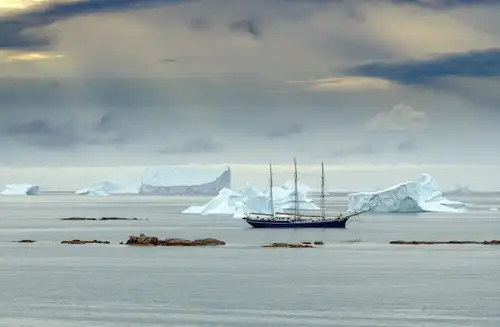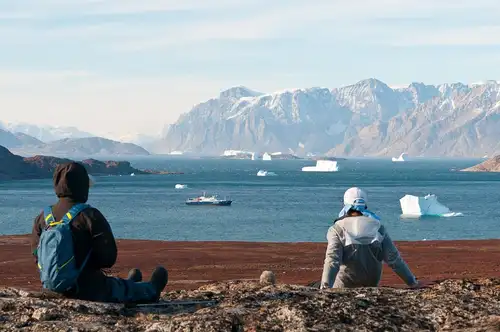Although it may be hard to believe, there was a time when Greenland was more green than icy. Today, those who embark on a Greenland expedition are greeted with views of the Greenland ice sheet and the marine life that thrives in this region, including seals and whales. Polar bears are also prominent in the northern and eastern parts of Greenland. These animals have adapted to their environment, but a few million years ago, the massive island would not have been as welcoming to them.
When did the transition in Greenland happen?
Scientists have studied Greenland for decades, and a research team finally uncovered some answers about its unique, mostly ice-covered landscape. According to recent findings, the shift from green land to a large ice-covered mass began around 3 million years ago. At that time, some areas of Greenland were likely covered in ice, but nothing as extensive or thick as the current Greenland ice sheet. Most of the island would have been ice-free.
How did the ice form?
In 2008, scientists from the University of Leeds and the University of Bristol collaborated to closely examine the Greenland ice sheet puzzle. Their research concluded that the ice formation on the island was likely caused by unusual changes in the area's atmospheric carbon dioxide. Such changes can significantly impact the climate of the affected region, so a decline in atmospheric carbon dioxide could have triggered the formation of the Greenland ice sheet.
How does this science work?
Historical atmospheric models suggest that Greenland once had high levels of carbon dioxide. During this period, Greenland was likely covered in forests and grass. However, as atmospheric carbon dioxide levels began to drop, it created a colder climate that eventually led to the formation of a thick ice layer.
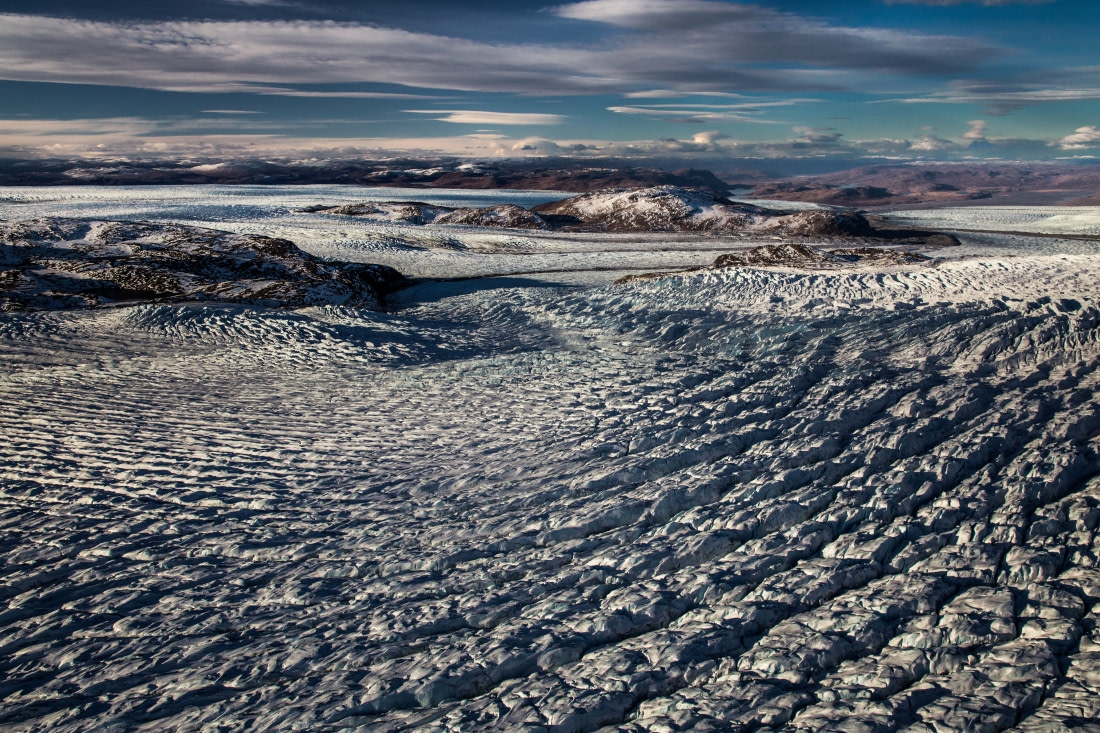
What indicators prove this theory?
One of the key indicators supporting this theory is evidence found on the ocean floor. Researchers noted that the amount of debris and rock deposited on the ocean floor near Greenland began to increase significantly around 3 million years ago. This is crucial because icebergs are the primary transporters of such matter. Therefore, the formation of icebergs around this time helps scientists determine when the climate conditions were suitable for the ice sheet to start forming.
The deep freeze: how the Greenland ice sheet changed life
Greenland's former state made it a suitable habitat for many types of life that thrive in warmer climates. However, the deep freeze that formed the Greenland ice sheet dramatically altered the types of life that could sustain themselves on the island. It is believed that humans did not arrive in Greenland from Alaska and Canada until about 5-6000 years ago, well after the deep freeze began.
Ultimately, the Greenland ice sheet made the island inhospitable to many forms of life. The Inuit people are uniquely adapted to cold climates due to their evolutionary path, but areas like Greenland would have been challenging for other early settlers. Additionally, many common land mammals such as squirrels and raccoons would have faced similar difficulties. Other animals evolved to take their place, including musk oxen and polar bears. This highlights the importance of the earth's diverse climate range for sustaining a wide variety of life and offers Arctic expedition participants a unique experience.
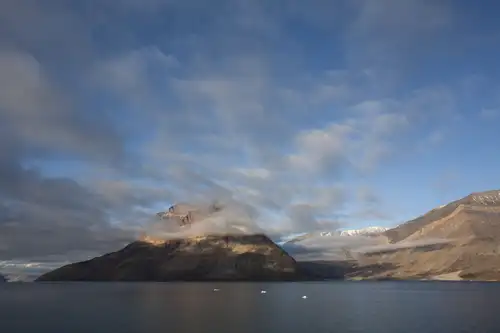

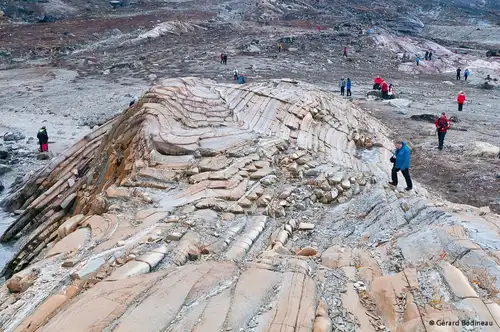
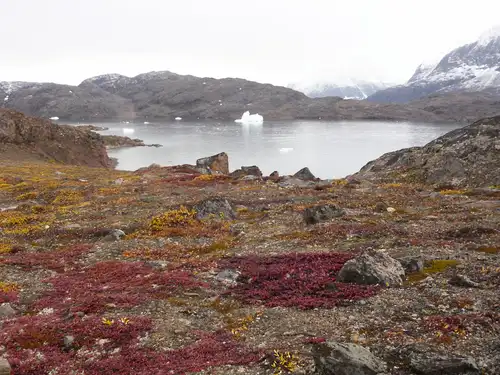
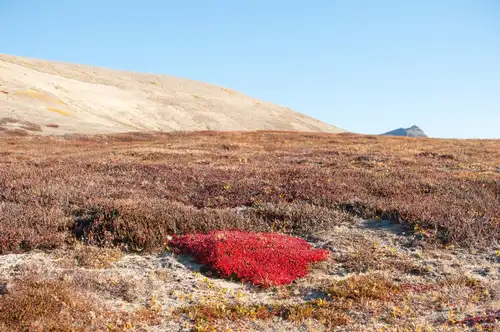
Related Trips
Blog


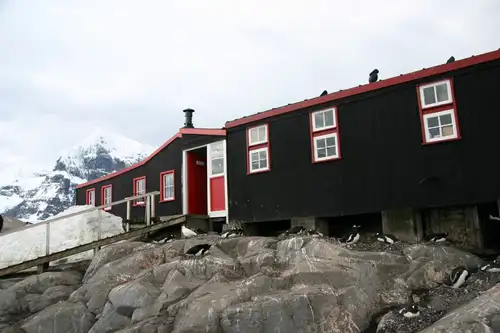
Port Lockroy: History, Post Office, and Resident Penguins
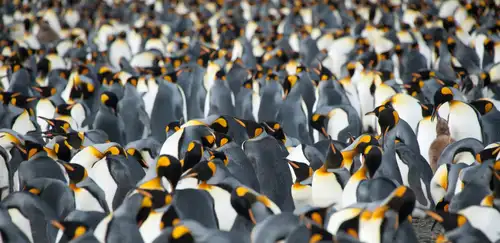
Experience King Penguins, Seals and More in South Georgia
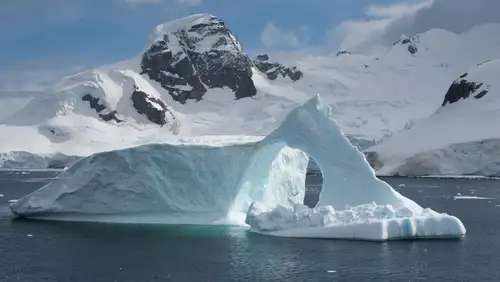
All things ice in the Antarctic
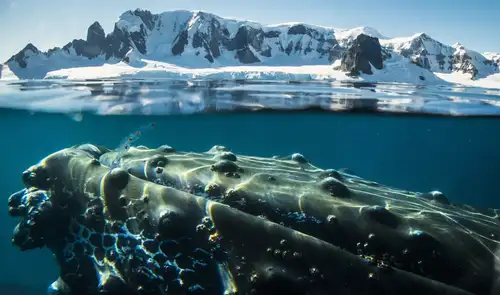
Baleen Whales – The Gentle Giants of the Ocean
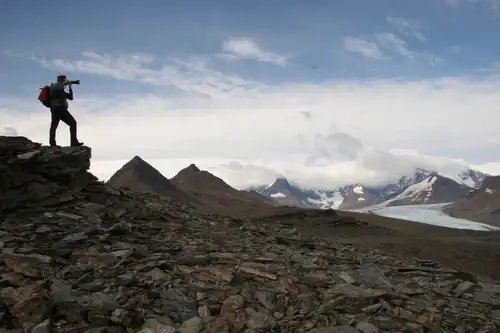
Hondius Photography and Video Workshops
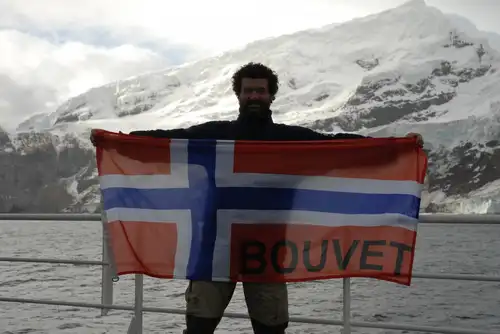
Bouvet Island: The Most Remote Island in the World
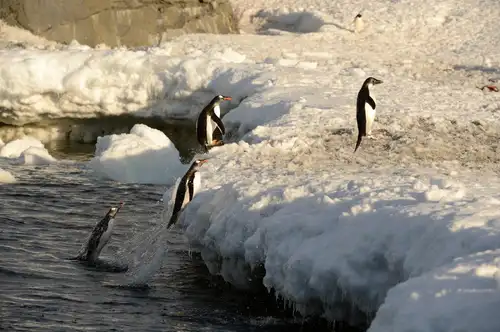
10 Terrific Antarctic Bird Facts
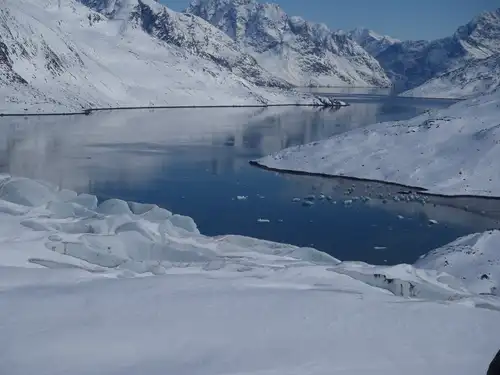
How and When Did Greenland Become Covered in Ice?
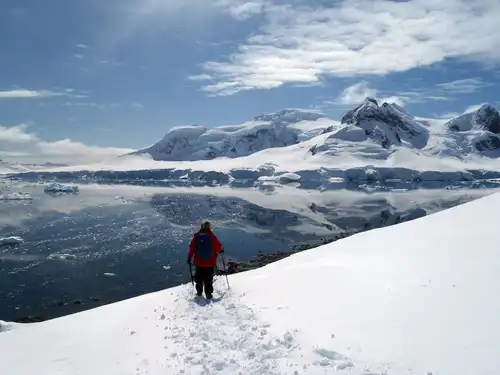
Explore Antarctica Without Leaving Your Couch
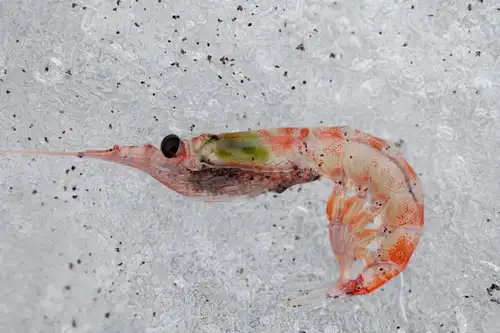
Antarctic krill: Antarctica's Superfood
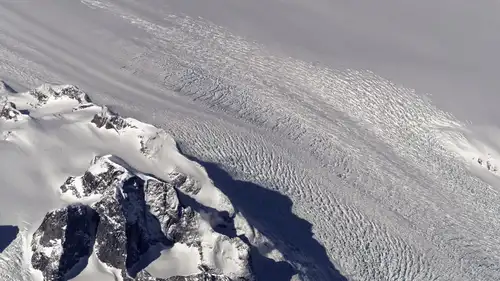
Ice streams and lakes under the Greenland Ice Sheet
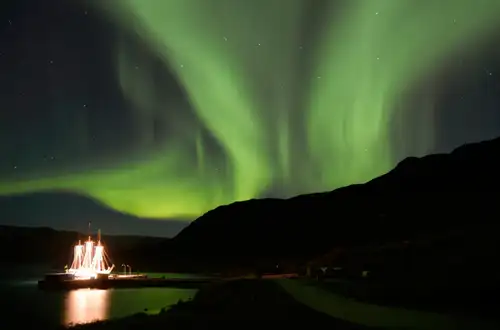
The Northern Lights dancing across the skies
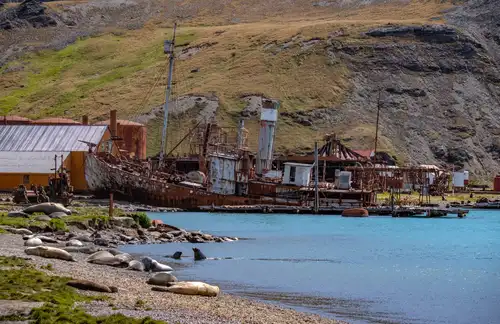
South Georgia Whaling Stations
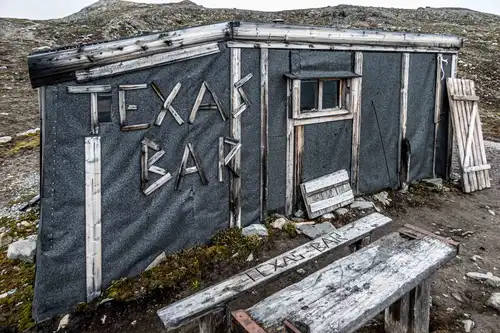
Svalbard’s Texas Bar
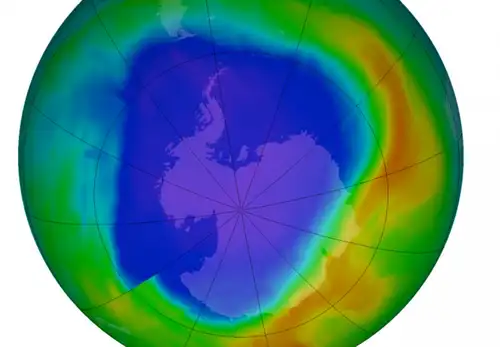
The ozone layer in Antarctica
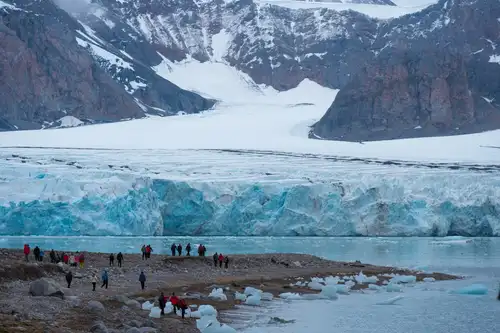
16 Conversation-Starting Svalbard Facts
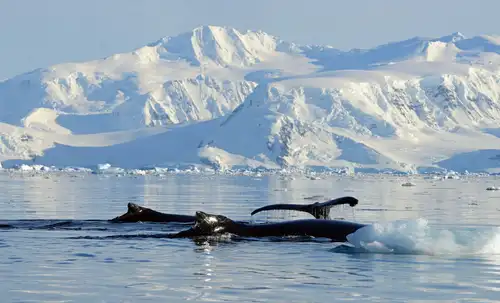
Humpback Whales: the Stars of the Western Antarctic Peninsula
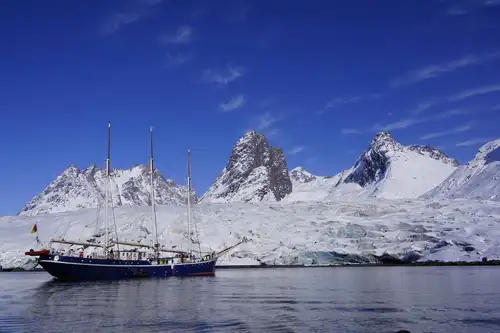
5 Misconceptions You Might Have About Greenland
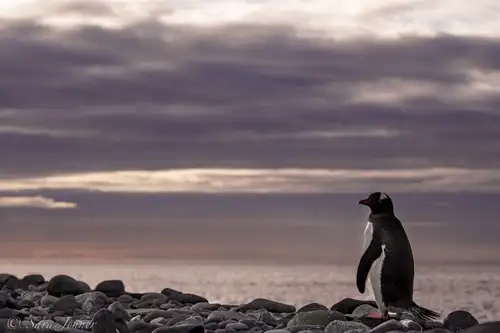
Penguin Wisdom: Life Lessons from Our Favorite Flightless Birds
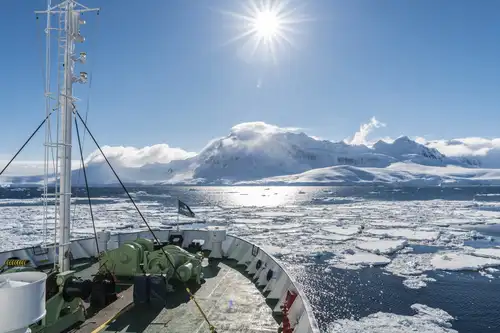



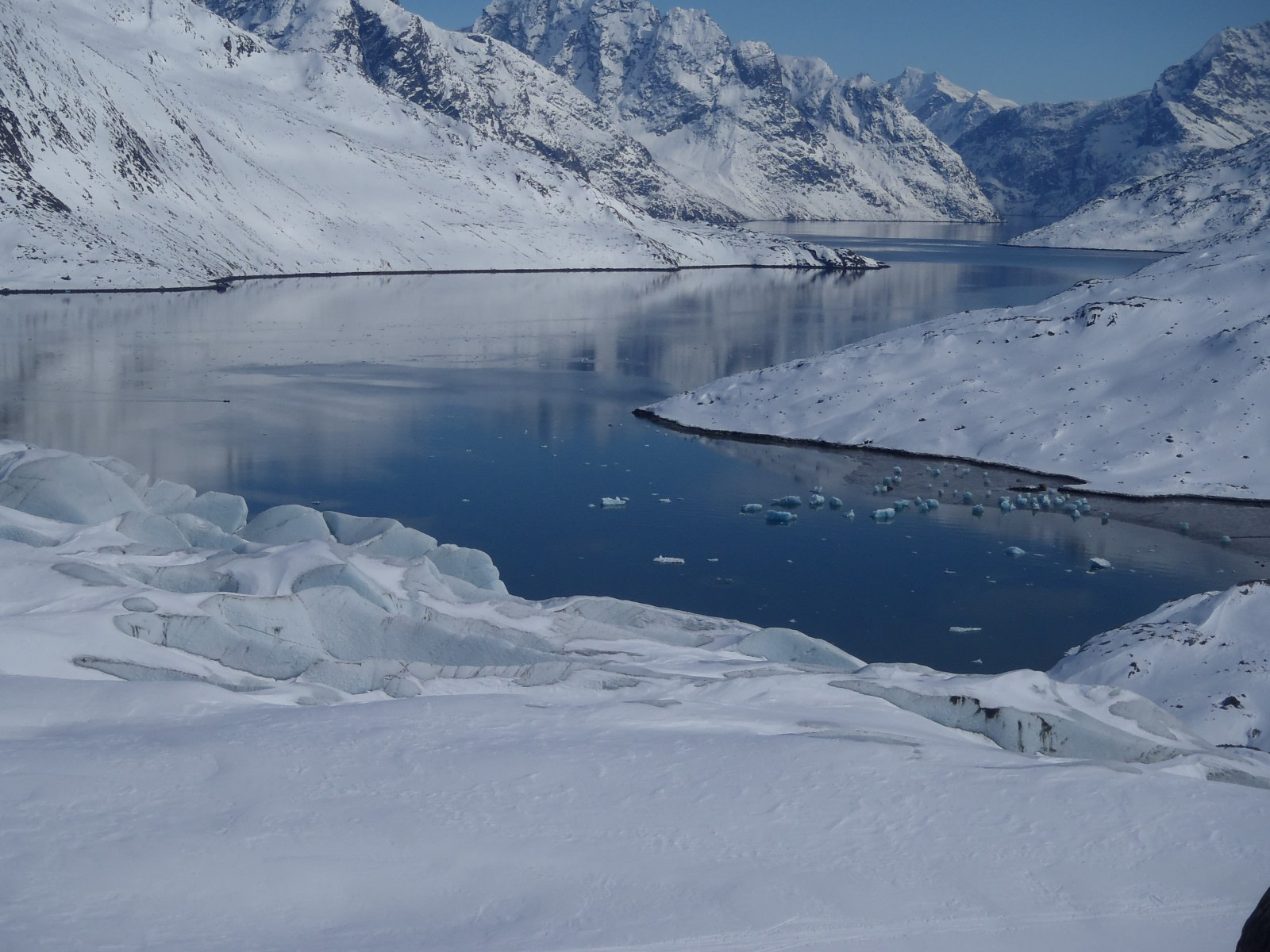

 21 Days / 20 Nights
21 Days / 20 Nights

